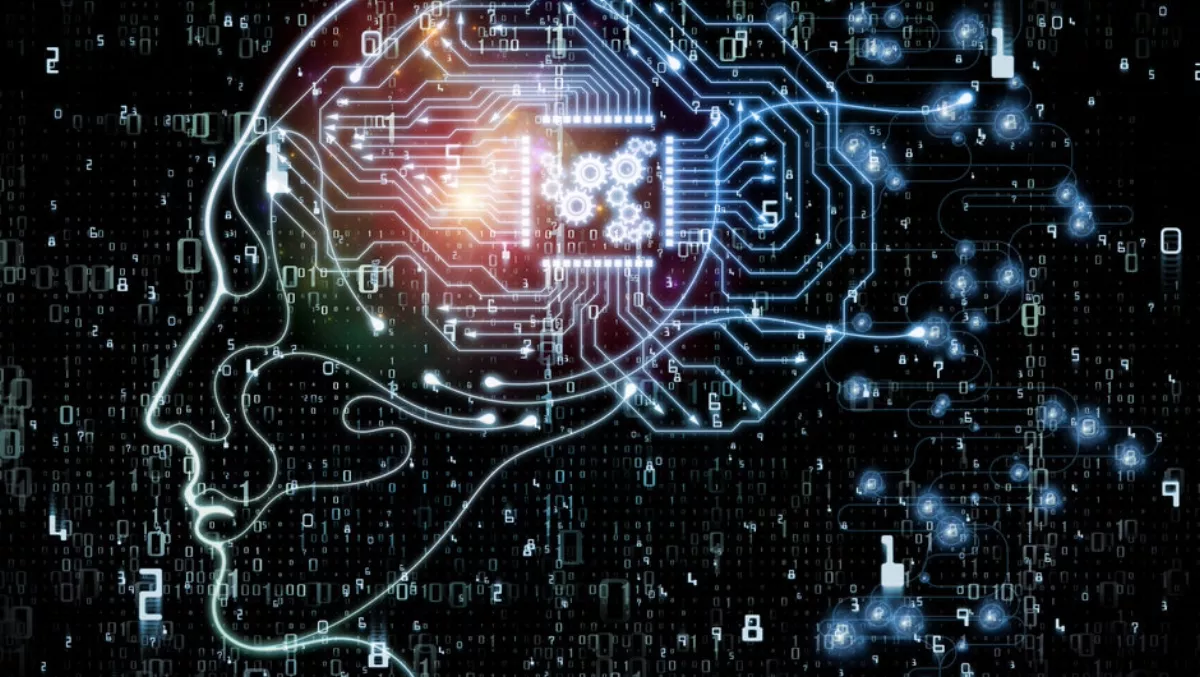
Reinventing cybersecurity with deep learning
Targeted, sophisticated and highly invasive attacks on major companies are becoming more frequent and widespread with more than 350,000 new machine-generated malware being created every single day, and with most businesses taking an average of six months to detect a data breach - big breaches can cost organisations between $40million to $350million.
Cybersecurity remains one of the biggest concerns for Australian organisations, and that's in large part because traditional security solutions they've invested in is no longer a match for ever-evolving threats.
Machine learning-based solutions have been the go-to defence for many, but like many of the current generation of cybersecurity products, are falling short by failing to prevent the first-seen, most sophisticated attacks in real time.
No matter how many data breaches take place, the focus of the cybersecurity industry in Australia continues to show companies investing huge amounts of money in remediation, response and other capabilities that come post infection.
Business continuity and financial damage are critical challenges for cybersecurity leaders today.
While security spending in Australia is expected to reach $3.9 billion this year, for absolute cybersecurity confidence, businesses need to invest in technology that can prevent threats from ever entering their environment, and not have to deal with post-infection damages.
Enter deep learning, a new technology that represents a quantum leap in the field of cybersecurity.
Also known as "deep neural networks," deep learning takes inspiration from how the human brain works.
It learns to detect and prevent any type of cyber threat and its prediction capabilities become instinctive whether a file is malicious or legitimate without any human intervention at all.
It powers a more sophisticated approach to security in that deep learning can effectively improve as datasets grow, to the extent of hundreds of millions of malicious and legitimate files.
It doesn't just identify whether a file is malicious or not, but also analyses and classifies the precise type of malware in real time - a job that usually requires huge amounts of analysis undertaken by a group of experts - thereby saving businesses valuable time and money.
With no human intervention, deep learning is the only real-time prevention technology that can recognise the most sophisticated zero-day and Advanced Persistent Threats malware and block it in real time before it has a chance to run.
This is a key advantage over behavioural based solutions, which identify threats by what they do at the time they do it and not what they are.
Relying upon machine learning's typical monitoring behaviour, rather than recognising threats before they execute, means detection and remediation are only available once the attack is already in progress and systems are already compromised.
Deep learning technology, on the other hand, detects and prevents the most evasive and unknown cyber attacks before any harm can occur.
As the quantity and quality of malware and APTs continue to evolve, businesses need to recognise that we're moving into a new era in cybersecurity defence and the standards have changed.
Legacy solutions, and even machine learning can no longer provide adequate defence - especially as evidence mounts that cybercriminals themselves are now using machine learning.
To ensure complete protection today, and for tomorrow, blocking and preventing even the most evasive unknown, first-seen malware, including APTs, zero-day attacks and ransomware, businesses should settle for nothing less than frontline cybersecurity that offers real-time prevention in milliseconds.
Anything less, and the organisation is open and vulnerable to a very dangerous, very costly attack.

